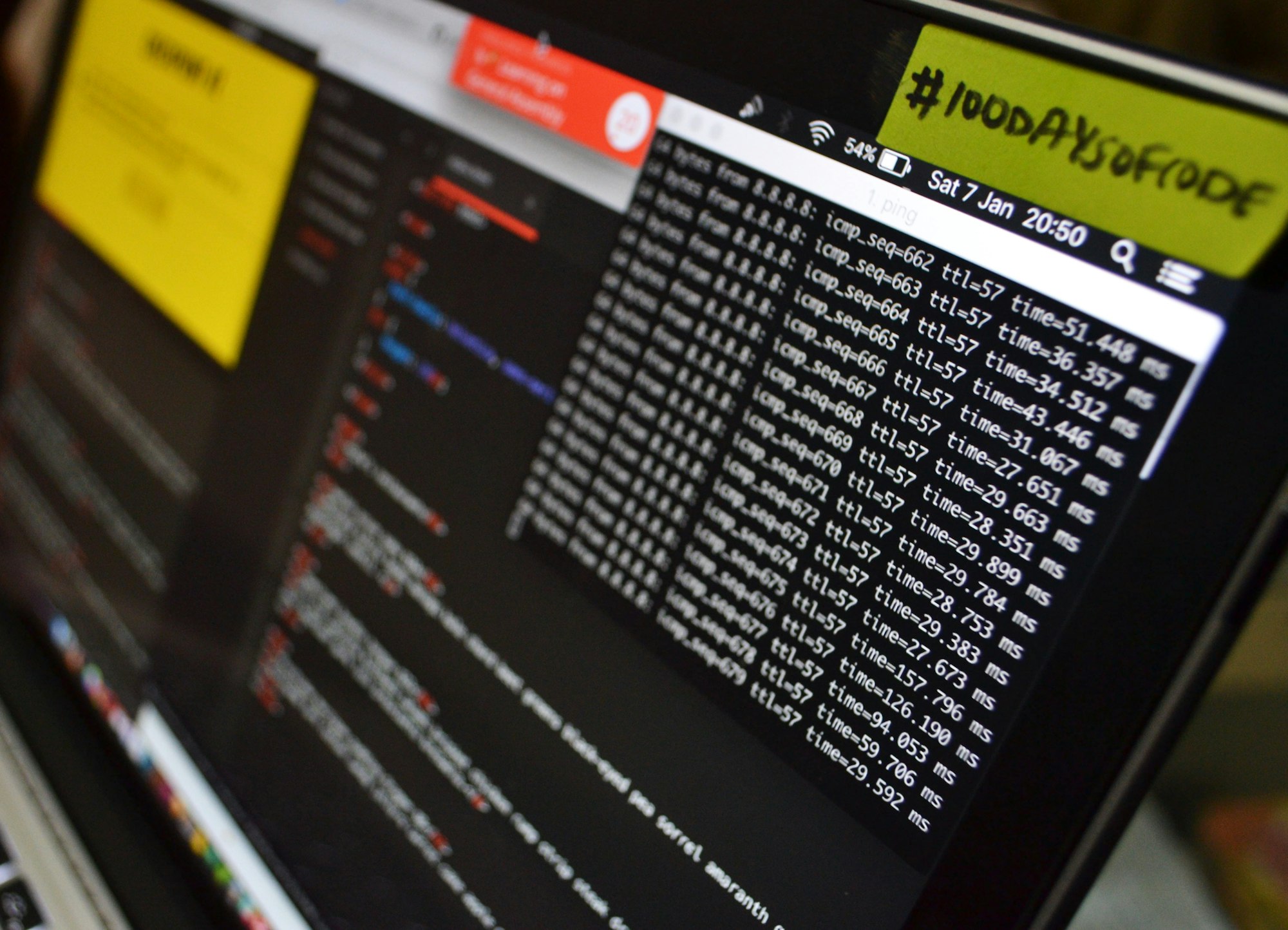As part of your security risk management, it's important to be able to identify the warning signs that indicate gaps in your security. This will allow you to take appropriate action before there is any negative impact on your organization. Security is a continuous process and not something that can be done once and forgotten about; it requires continuous monitoring and maintenance.
Here are a few ways to ensure that you're on track with security risk management:

Unsolved Security Incidents
If you don't deal with security incidents, you risk the following:
- Loss of data integrity
- Loss of information
- Loss of time and money in recovery
- Loss of reputation
- Loss of trust from your customers and partners
- Legal action from regulators or customers
When you have a complete view of your IT environment, it’s easier to protect against data loss. With this information, you can quickly identify security incidents like breaches and take action before they cause serious damage.

No Defined Incident Response Plan
Your organization should have a well-defined incident response plan in place, which can include:
- How to handle the initial response to a security incident (i.e., who is responsible for what)
- Who needs to be contacted for further action (e.g., IT support, legal department)
- The actions necessary following an incident (e.g., filing a police report) and the required documentation that must be kept as evidence
If an incident occurs, it’s important to take immediate action. This includes:
Immediately reporting the incident to your IT department and/or law enforcement agency Notifying any third parties that may be affected by the incident
Implementing a thorough investigation into the incident Making sure you have an incident response plan in place for future incidents
It’s important to note that a security incident response plan doesn’t have to be overly complicated. It should simply outline the steps you need to take following an incident, as well as provide contact information for any parties that need to be notified.

Lack of BYOD Policy
A lack of a BYOD policy can create security risks. A BYOD policy should include:
- What devices can be used to access company data and applications
- What apps are allowed or blocked on company devices and networks
- How to handle personal data stored on company devices (e.g., encrypting all data, storing it in an encrypted vault)
It’s important to enforce your policies regularly, as they’re only as good as the actions they guide. If employees aren’t following the rules you set in your BYOD policy, you need to update it accordingly, such as adding new features or disabling old ones. You also need to make sure that employees are aware of any changes made since last time they read through their employee handbook!

Overboard Permissions
One of the biggest problems in information security is that users have too many permissions. This can be due to poor policy management or because an employee has been given far too many privileges. Either way, it's a problem that needs to be fixed and monitored closely for any future issues.
A good rule of thumb is to limit permissions based on role and need. For example, if you're part of a marketing team whose job it is to create graphics and images for use online, then your permissions should not include anything related to data management or coding websites.
If you find yourself with unnecessary access as part of your job description, consider talking with HR about revamping your position so that you're assigned different responsibilities—like creating graphics rather than coding websites!

Public Wifi Use
Public wifi is a security risk. The best way to avoid this risk is by using VPNs, which encrypt the data you send and receive while connected to public networks. If you don't have a VPN, there are other ways you can minimize your risk:
- Make sure all of your personal accounts (email, social media, etc.) are secured with HTTPS websites. These sites ensure that the data you're sending and receiving online has been encrypted so no one can easily see what it contains.
- Beware of free WiFi hotspots at hotels or cafes—these types of networks are often highly susceptible to hacking because they don't have strong passwords like most home wireless networks do.
If you absolutely need to use a public network, the best thing you can do is be cautious. Don't conduct any sensitive transactions or access personal information on these networks; instead, use public WiFi as little as possible and limit your time spent on it.

Lack of Penetration Testing and Security Audits
You should be doing vulnerability assessments to see if any of your systems or applications are susceptible to attack. A vulnerability assessment is a test that determines whether the security of one or more network devices has been compromised. Vulnerability assessments can uncover weaknesses in your infrastructure that could be exploited by hackers and help you fix them before they're exploited.
If a penetration test is not performed, then it's possible that something serious could happen without anyone knowing about it until it's too late.
Smaller companies should perform security audits every year or two depending on their size and risk profile; larger companies should do so at least once per year; very large corporate enterprises (those with annual revenue over $5 billion) must perform this test annually regardless of their size or risk profile.

Lack of Multi-Factor Authentication
You should be using multiple-factor authentication before granting access to sensitive data.
For example, if someone logs into their bank account on the web and tries to make a transaction, they'll be asked for a password (something they know) as well as a code from an authenticator app or token device that generates new codes every 30 seconds (something they have).
This means that even if someone gets your user ID and password, they still need physical access to your authenticator device in order to log in successfully—which makes it much harder for them to commit fraud without also stealing your actual smartphone or physical token device!

Absence of Employee Training
Employees should be trained to understand the importance of information security. They should also know how to handle sensitive data, personal data and customer data properly. The lack of employee training is a sign that the company has not invested in this aspect of their business. This can lead to workplace breaches and identity theft because employees might not understand what they're doing with sensitive or personal information.
How to Stay on Track with Security Risk Management
The following are a few ways to ensure that you're on track with security risk management:
- Use a risk assessment to identify risks.
- Use a risk management process to manage risks. There are many ways to do this, but one of the most fundamental is the “Identify-Plan-Do-Check-Act (IPDC)” process. This includes identifying and evaluating risks; developing, maintaining, and implementing appropriate plans; carrying out steps necessary for plan implementation; monitoring progress toward objectives; and reviewing performance against plans or standards for continuous improvement of results over time (ISO 27005).
- Use a communication plan to communicate risk information throughout your organization so employees understand it better than they did before. This can include providing regular updates on new threats discovered by your company's cyber security team through email alerts or webinars that anyone can access without needing special clearance levels first - every employee should know what they're doing when responding quickly enough will save lives!
How Anteris Can Help
As you can see, there are many things that can go wrong when it comes to security risks. But with proper monitoring and assessment, you can make sure your company doesn’t fall victim. We hope this article has given you some insight into what signs to look out for in order to mitigate potential problems down the line.
At Anteris, we're a security-minded provider. We have the tools to make sure security risks are identified and managed. We provide resources for everything from employee training to penetration testing and everything in between.
Let us make your technology freeing, not frustrating.




